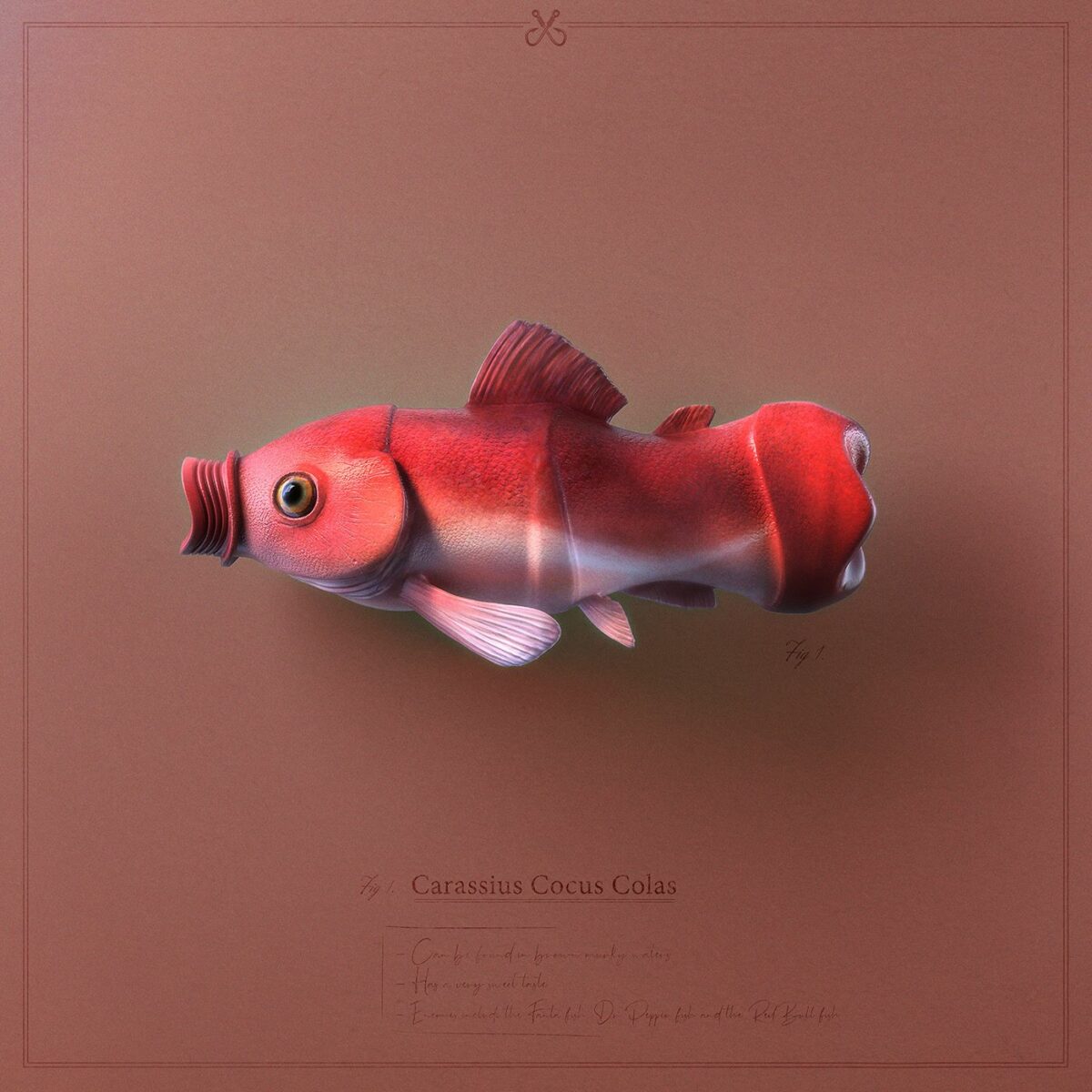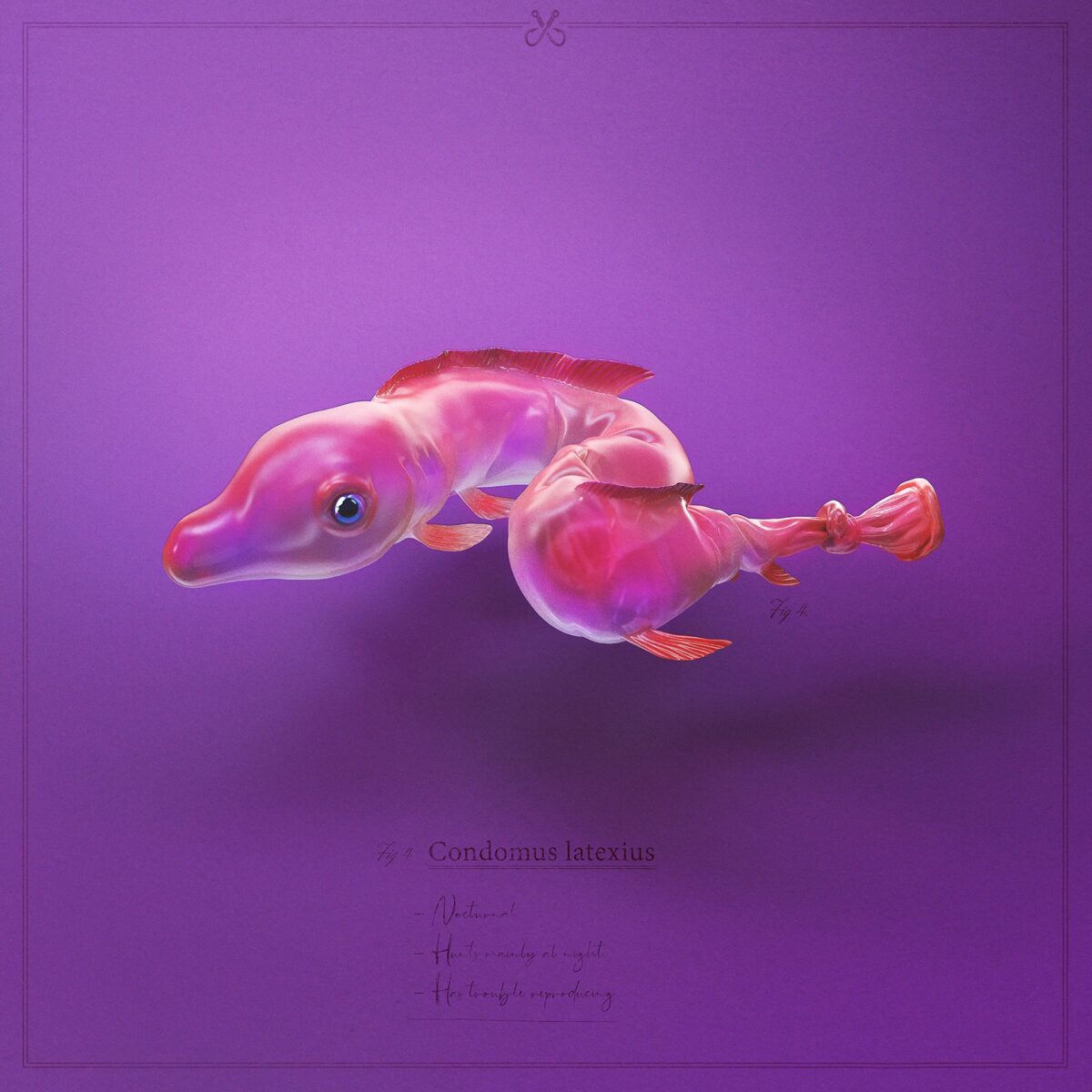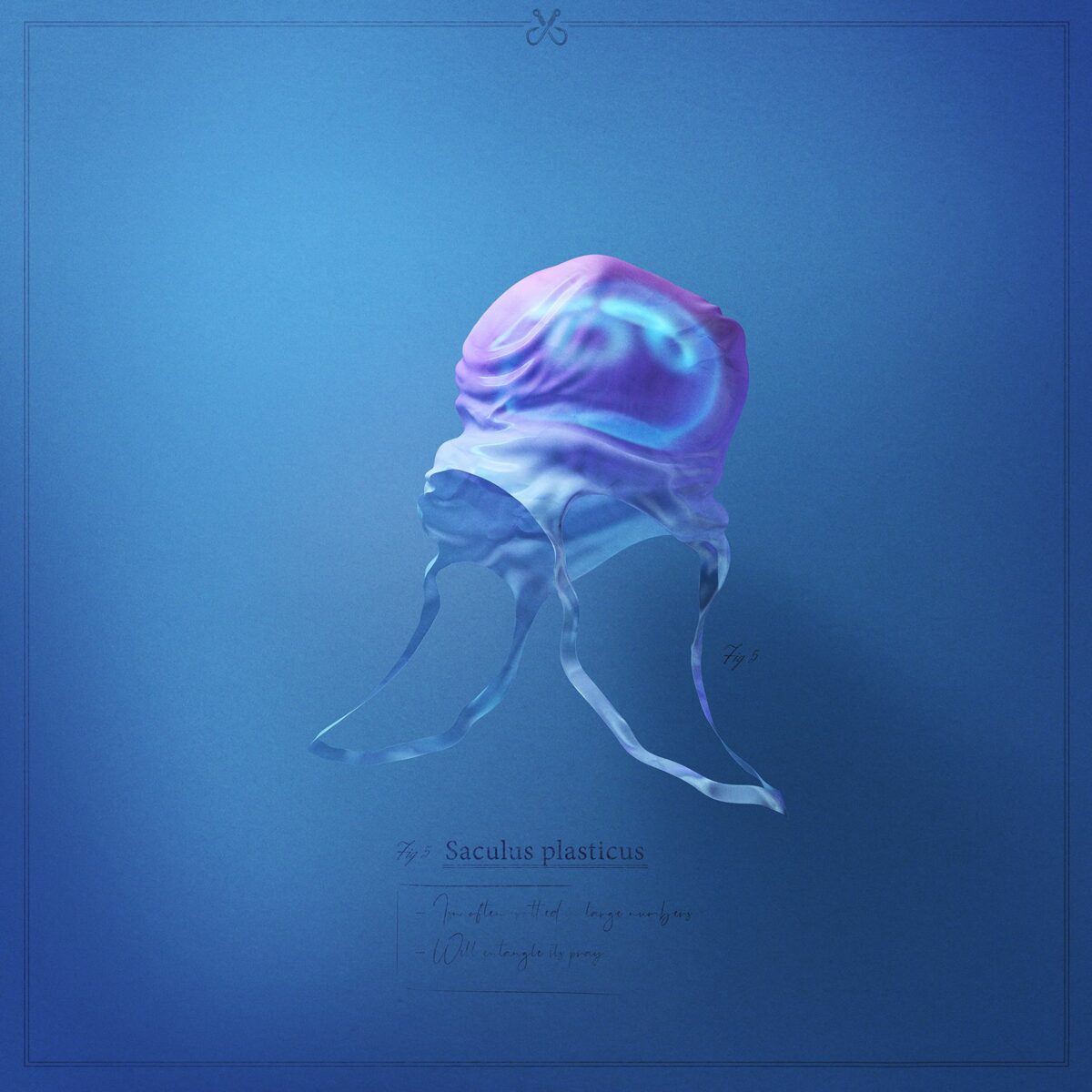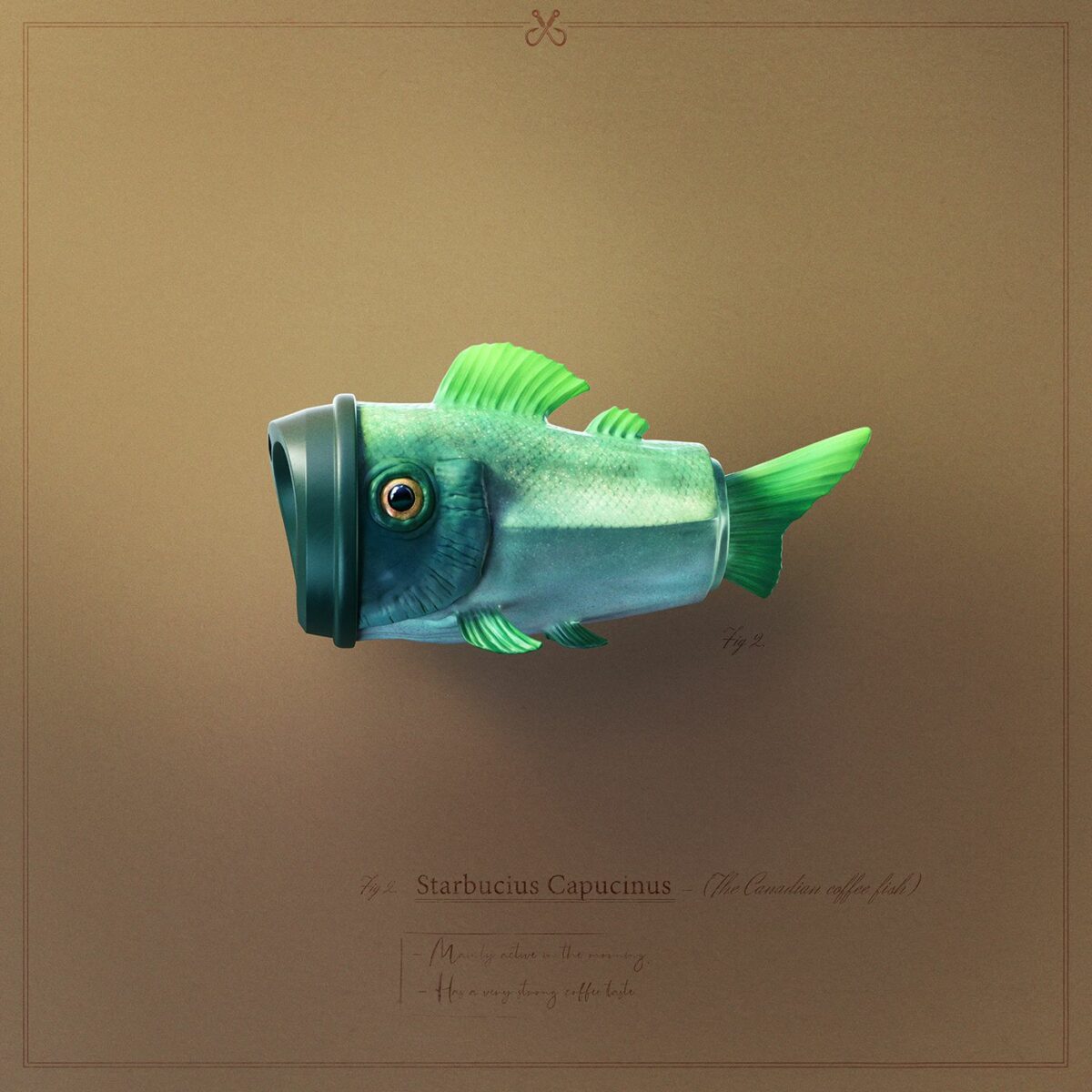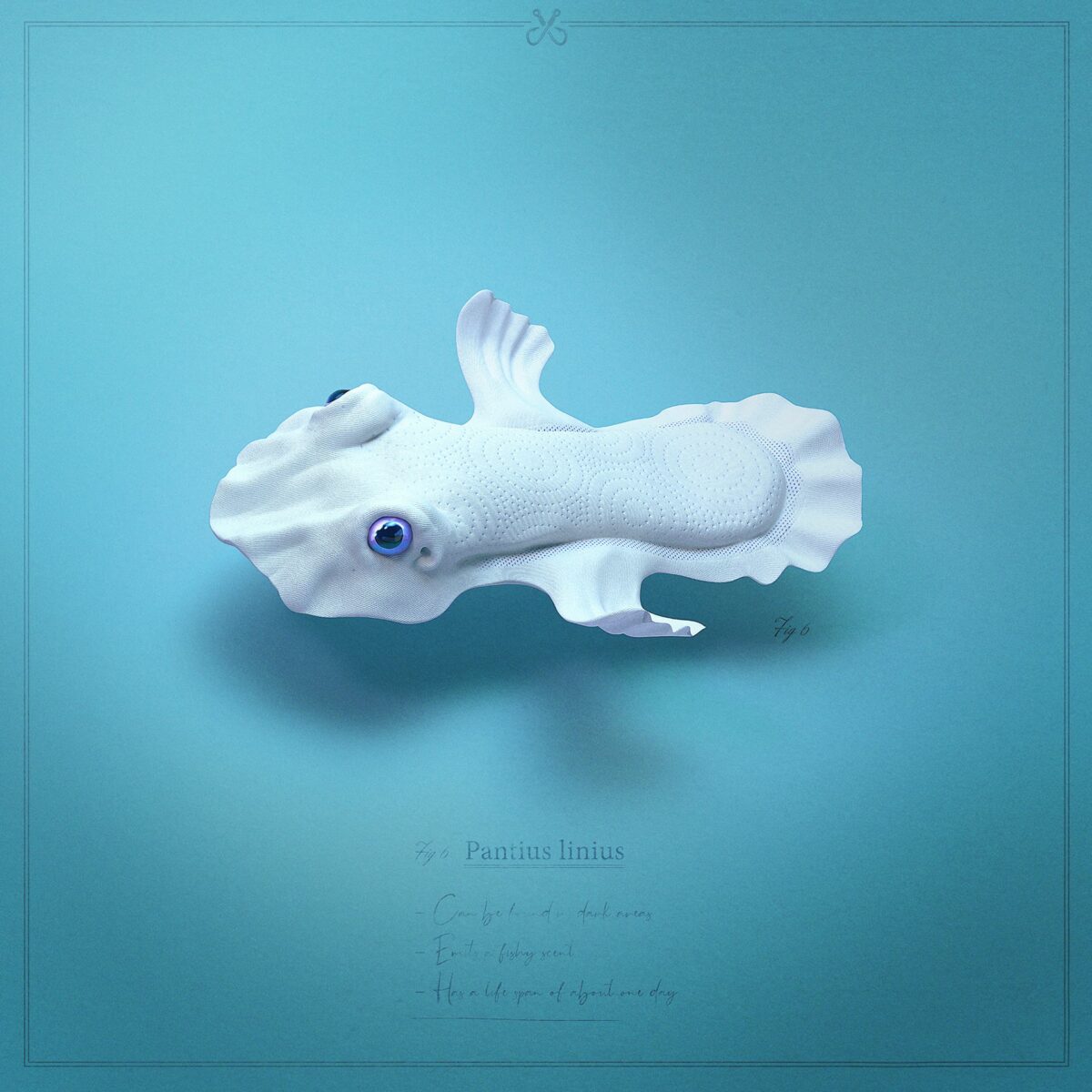In a bold exploration of environmental consciousness, Joren van Suijlekom’s “Trash Fish” series distills the essence of a world grappling with rampant consumerism and pollution. This innovative collection features marine life seamlessly intertwined with everyday plastic debris, creating a striking visual narrative. Utilizing his exceptional digital artistry, van Suijlekom draws attention to the alarming truth of how consumer behaviors endanger aquatic ecosystems. The lifelike portrayals of sea creatures adapting to their plastic-laden environments serve as a poignant reminder of the unsustainable habits driving ecological imbalance. As the animated fish maneuver through oceans cluttered with human trash, their hybrid forms highlight the urgency for change, urging society to reconsider its disposable ethos.
Envisioning a future where biodiversity might evolve alongside our waste, van Suijlekom offers a unique perspective on adaptive evolution. The series serves as both a cautionary tale and a fascinating glimpse into the potential transformations awaiting oceanic life. By creatively blending augmented elements with natural anatomy, van Suijlekom prompts introspection about humanity’s impact on the natural world. Through this visionary artistic endeavor, he compels audiences to not only acknowledge the crisis at hand but also to think critically about sustainable practices. Ultimately, “Trash Fish” challenges us to imagine — and actively create — a future where oceans reclaim their pristine state and life within them thrives unburdened by the waste of human excess.
Consumerism is at an all-time high. We buy, buy, buy, and throw away whatever doesn’t suit our needs anymore. A stunning 99% of what we buy ends up as waste within six months. Some of this junk will be recycled, but the majority ends up in landfills or finds its way to our oceans. If we continue our production and consumption at this rate, there will be more plastic in the ocean than fish by 2050. It is good to see that current fish species are quickly adapting to the garbage we dump into their habitats. They learn to live with our junk and use it to their benefits. We can see a change in the way they evolve, in their behaviours and their physical appearance. In the next couple of decades we will see an incredible growth in new oceanic species. Imagine what kind of fish future archeologists will discover from our era.
Joren van Suijlekom
More info: Website, Behance, Instagram, Tumblr.
